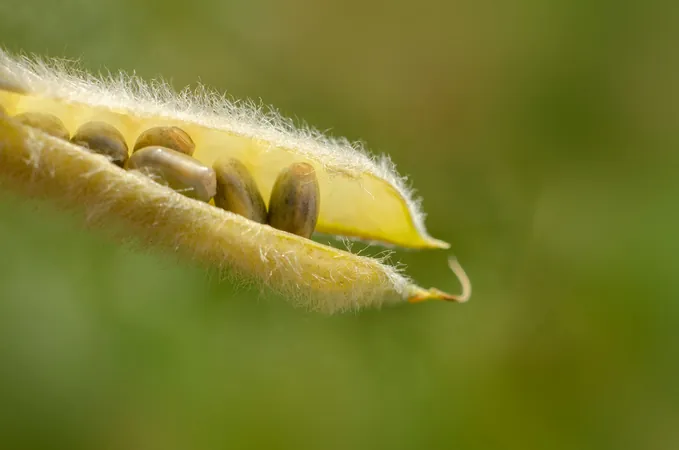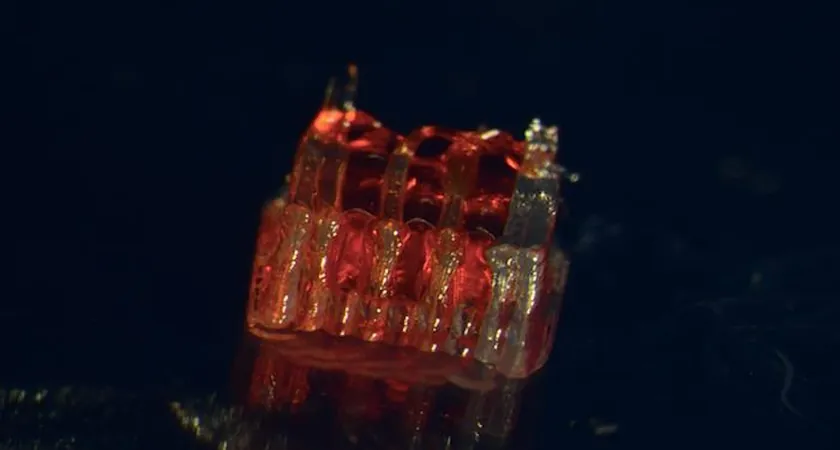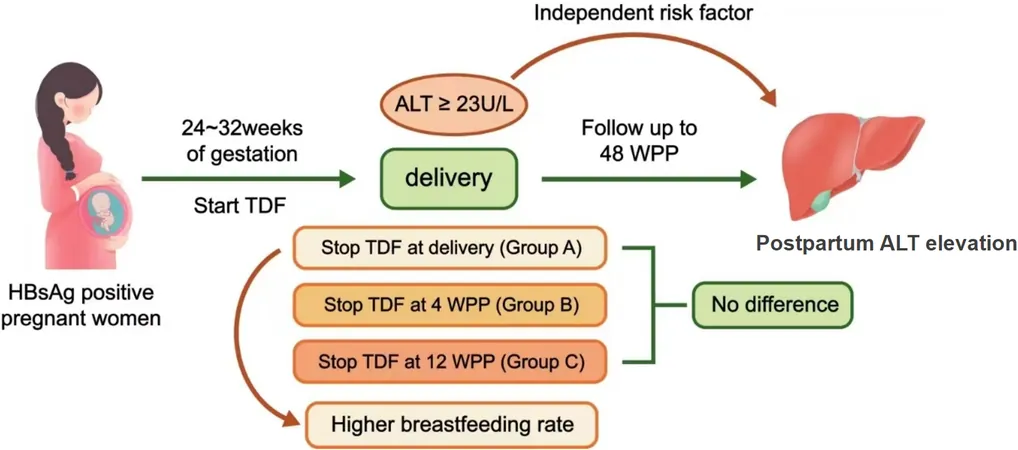
Unlocking the Secrets of Seed Size: How Jasmonate Hormones Hold the Key
2025-08-28
Author: Jacques
Why Seed Size Matters
Seeds are not just nature's way of reproducing; they are the cornerstone of agriculture and a critical factor in how plants adapt to their environments. The size of a seed can significantly impact crop yield and overall plant fitness.
The Role of Jasmonate Hormones
Enter jasmonate, a plant hormone traditionally known for its role in plant defense against pests and environmental stresses like salinity. However, its mysterious function in seed size regulation has puzzled scientists until now.
Groundbreaking Research Unveils New Mechanism
A groundbreaking study from the Xishuangbanna Tropical Botanical Garden in China has shed light on this enigmatic hormone. Researchers have unearthed a novel mechanism through which jasmonate is a key player in controlling seed size in the model plant Arabidopsis thaliana.
The findings unveiled that the jasmonate signaling pathway acts as a negative regulator of seed size, primarily by inhibiting the KLUH gene, which is crucial for the growth of seed coat cells.
Blocking Jasmonate Leads to Bigger Seeds!
In exciting experiments, when researchers blocked the jasmonate signaling pathway, they observed seeds that were significantly larger. This discovery confirms that jasmonate indeed imposes limitations on how big seeds can grow.
Complex Interactions at Play
The researchers delved deeper, exploring how jasmonate ZIM-DOMAIN (JAZ) repressors interact with vital transcription factors like SUPPRESSOR OF DA1-1 (SOD7) and DEVELOPMENT-RELATED PcG TARGET IN THE APEX4 (DPA4). This interaction revealed a fierce competition, where JAZ and SOD7 vie for binding to the transcription factors MYC2 and MYC4.
The collaboration of SOD7 with MYC2 and MYC4 effectively curtails KLU expression, thus strongly regulating seed size.
Stress and Adaptation: The Bigger Picture
Moreover, this study demonstrated that the JA-SOD7-KLU mechanism is particularly significant under salt stress, emphasizing its role in how plants adapt to challenging conditions. The interaction between SOD7 and ABI5, a regulator of seed germination, hints at a sophisticated coordination in seed development.
Implications for the Future
As Hu Yanru from XTBG notes, "Our work unveils a sophisticated molecular circuit where jasmonate signaling fine-tunes seed size." This understanding not only broadens our knowledge of plant biology but also opens doors for agricultural innovations aimed at enhancing crop traits in a world increasingly affected by environmental changes.









 Brasil (PT)
Brasil (PT)
 Canada (EN)
Canada (EN)
 Chile (ES)
Chile (ES)
 Česko (CS)
Česko (CS)
 대한민국 (KO)
대한민국 (KO)
 España (ES)
España (ES)
 France (FR)
France (FR)
 Hong Kong (EN)
Hong Kong (EN)
 Italia (IT)
Italia (IT)
 日本 (JA)
日本 (JA)
 Magyarország (HU)
Magyarország (HU)
 Norge (NO)
Norge (NO)
 Polska (PL)
Polska (PL)
 Schweiz (DE)
Schweiz (DE)
 Singapore (EN)
Singapore (EN)
 Sverige (SV)
Sverige (SV)
 Suomi (FI)
Suomi (FI)
 Türkiye (TR)
Türkiye (TR)
 الإمارات العربية المتحدة (AR)
الإمارات العربية المتحدة (AR)